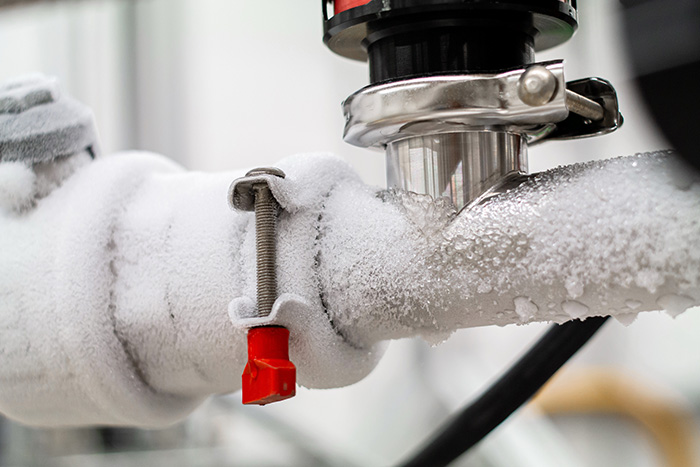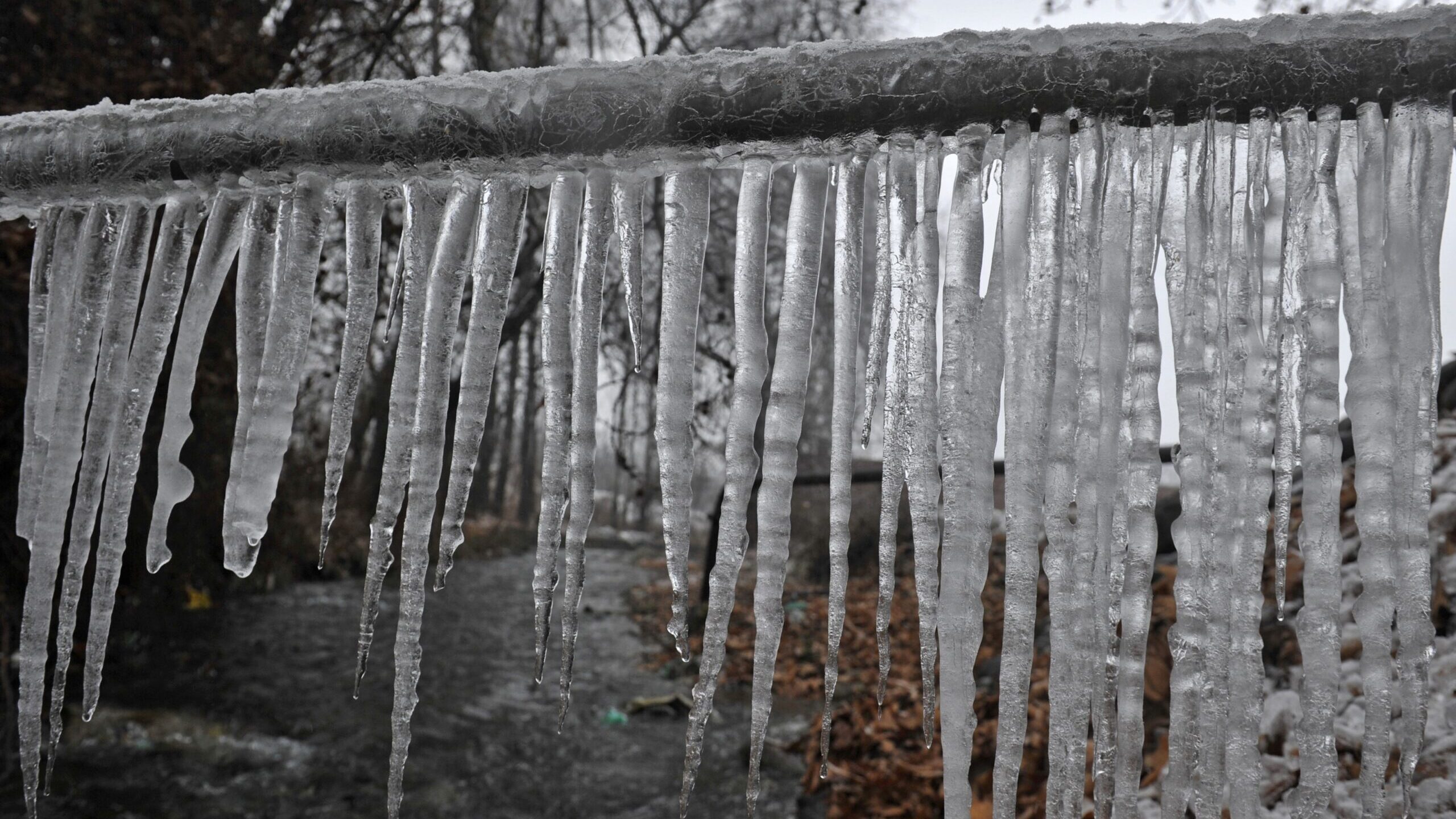Protecting Pipes from Cold Weather Damage: Key Approaches
Protecting Pipes from Cold Weather Damage: Key Approaches
Blog Article
How do you really feel in relation to Prevent Frozen Pipes ?

Winter can wreak havoc on your plumbing, specifically by freezing pipes. Below's how to avoid it from taking place and what to do if it does.
Introduction
As temperatures decline, the risk of frozen pipelines rises, potentially leading to pricey repairs and water damages. Comprehending how to stop frozen pipes is crucial for home owners in chilly environments.
Comprehending Icy Pipelines
What causes pipelines to freeze?
Pipelines ice up when subjected to temperature levels listed below 32 ° F (0 ° C) for expanded durations. As water inside the pipes ices up, it expands, putting pressure on the pipe wall surfaces and potentially triggering them to burst.
Risks and damages
Icy pipes can cause water interruptions, building damages, and costly repair work. Ruptured pipes can flood homes and trigger extensive structural damage.
Indications of Frozen Piping
Recognizing frozen pipelines early can avoid them from breaking.
Just how to recognize icy pipelines
Try to find reduced water flow from faucets, unusual smells or sounds from pipelines, and visible frost on exposed pipes.
Avoidance Tips
Protecting prone pipes
Cover pipelines in insulation sleeves or utilize heat tape to shield them from freezing temperature levels. Focus on pipelines in unheated or outside areas of the home.
Home heating methods
Keep indoor spaces adequately warmed, especially locations with plumbing. Open up cupboard doors to permit warm air to flow around pipes under sinks.
Shielding Outdoor Pipes
Garden pipes and exterior faucets
Separate and drain garden pipes prior to winter season. Mount frost-proof spigots or cover outside taps with shielded caps.
What to Do If Your Pipes Freeze
Immediate actions to take
If you presume icy pipelines, maintain faucets open to eliminate stress as the ice thaws. Use a hairdryer or towels soaked in hot water to thaw pipes slowly.
Long-Term Solutions
Structural modifications
Think about rerouting pipelines away from exterior walls or unheated areas. Add extra insulation to attics, basements, and crawl spaces.
Updating insulation
Buy high-quality insulation for pipelines, attic rooms, and wall surfaces. Appropriate insulation helps maintain constant temperatures and decreases the threat of icy pipes.
Conclusion
Preventing frozen pipelines requires positive actions and quick actions. By understanding the causes, signs, and preventive measures, house owners can secure their pipes throughout cold weather.
5 Ways to Prevent Frozen Pipes
Drain Outdoor Faucets and Disconnect Hoses
First, close the shut-off valve that controls the flow of water in the pipe to your outdoor faucet. Then, head outside to disconnect and drain your hose and open the outdoor faucet to allow the water to completely drain out of the line. Turn off the faucet when done. Finally, head back to the shut-off valve and drain the remaining water inside the pipe into a bucket or container. Additionally, if you have a home irrigation system, you should consider hiring an expert to clear the system of water each year.
Insulate Pipes
One of the best and most cost-effective methods for preventing frozen water pipes is to wrap your pipes with insulation. This is especially important for areas in your home that aren’t exposed to heat, such as an attic. We suggest using foam sleeves, which can typically be found at your local hardware store.
Keep Heat Running at 65
Your pipes are located inside your walls, and the temperature there is much colder than the rest of the house. To prevent your pipes from freezing, The Insurance Information Institute suggests that you keep your home heated to at least 65 degrees, even when traveling. You may want to invest in smart devices that can keep an eye on the temperature in your home while you’re away.
Leave Water Dripping
Moving water — even a small trickle — can prevent ice from forming inside your pipes. When freezing temps are imminent, start a drip of water from all faucets that serve exposed pipes. Leaving a few faucets running will also help relieve pressure inside the pipes and help prevent a rupture if the water inside freezes.
Open Cupboard Doors
Warm your kitchen and bathroom pipes by opening cupboards and vanities. You should also leave your interior doors ajar to help warm air circulate evenly throughout your home.

I was guided to that write-up about Preventing and dealing with frozen pipes from a pal on our other blog. Loved our blog posting? Please quickly share it. Let others locate it. We cherish your readership.
View Website Report this page